H&M has been a leading online clothes retailer for quite a while, with over 5,000 stores across 74 countries, including India.
It has been the go-to brand for shoppers who want luxurious yet average-priced clothes and accessories. But why is this brand, which is known for being affordable, so expensive in India?
H&M is so expensive in India because of the store locations, high advertising costs, and the difference between the dollar and rupee.
Let’s look at some more reasons why the H&M brand tends to be so expensive in India compared to other places.
Table of Contents
1. Manufacturing Costs
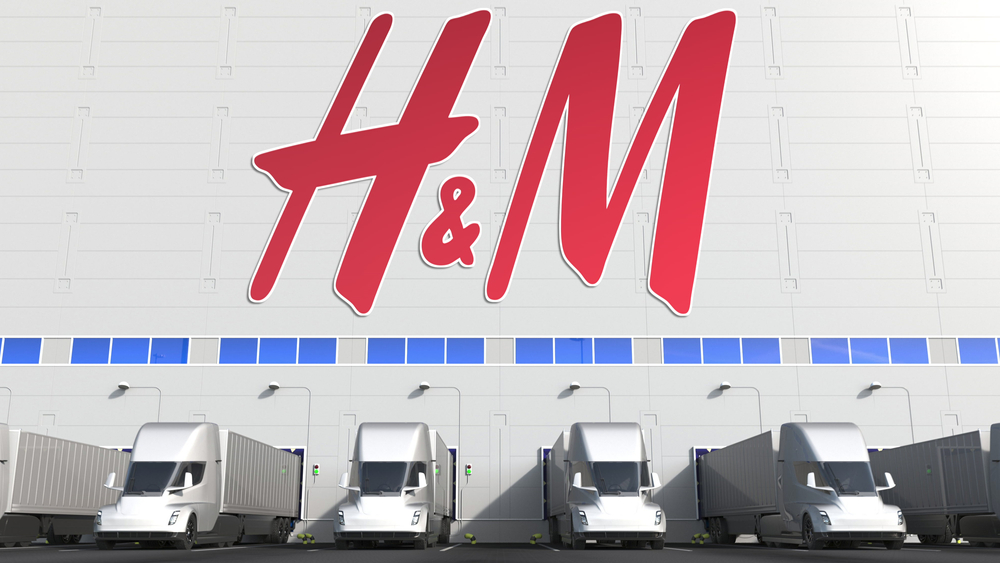
The principal determiner of clothes prices is the manufacturing costs incurred while paying for the factors of production.
Electricity, raw materials (such as cotton), and payment of human labor are relatively high with the current inflation.
H&M clothes are manufactured in Asian countries like Bangladesh and China. Some African countries, too, are part of the production chain.
Shipping the products from neighboring countries and continents raises the costs further. Add to that the global tariffs and international taxation, and the final cost is borne by the Indian consumer.
2. Quality Assurance
To serve a global market, work with major brands worldwide and even compete with Inditex’s Zara, you need top-of-the-line clothing.
H&M invests heavily in ensuring that their products equal the premium price tag through rigorous quality assurance processes.
Brand managers keep track of the latest fashions to keep up with market trends. Next, the designs are carefully made, and the final products are put through various quality assurance tests.
It is so rigorous that the defective clothes are rejected immediately.
If the design doesn’t meet the clients’ tastes, the whole line can be rejected immediately. This hikes the prices, and the final Indian consumer pays for this quality.
3. Advertisement Costs

Once the products are ready, it’s time to raise awareness. This is especially important for limited edition items because knowing the items are few only raises the prices.
That’s how the apparel industry works.
Celebrities and top-tier models play a huge role in influencing the clientele to make purchases. However, they do so at exorbitant prices, which have to be recovered from the clients to remain solvent.
Since setting foot in India, H&M has worked with local models and Bollywood stars. The following young Bollywood stars have been featured in the marketing campaigns:
- Harshvardhan Kapoor
- Rao Hydari
- Penty
- Dastur
- Seal
The actors have been spotted on various social and digital platforms such as YouTube and Instagram wearing various products available on Myntra.
Famous individuals from the design and fashion world have also collaborated with H&M. For example, the company has previously worked with Sabyasachi, a fashion and jewelry company owned by Sabyasachi Mukherjee.

Sabyasachi has been the bridal designer of choice for India’s wealthy elite and Bollywood stars.
While such projects create excitement among the Indian populace due to seeing one of their own collaborate with a multinational company, the price is borne by the Indian people at the checkout section.
4. Fancy Stores
H&M has a culture of setting up fancy stores to keep up with their competitors. Their futuristic designs are even more costly, although all is done to please the clients.
H&M is a relatively new brand in the Indian market, meaning they are setting up lots of new stores.
Clients have to dig deeper into their pockets, especially for luxurious items.
Take, for example, the futuristic store in Stockholm, Sweden. This location is elaborate with wide spaces, ambiance, and sufficient aeration.
With its coffee shop, Scandinavian cuisine, and food trends, the design ensures that more customers stay in the shop for longer.
Additionally, these spacious stores need more employees to maintain and run the daily business. All this cost has to be recovered from the customers.
5. Good Locations
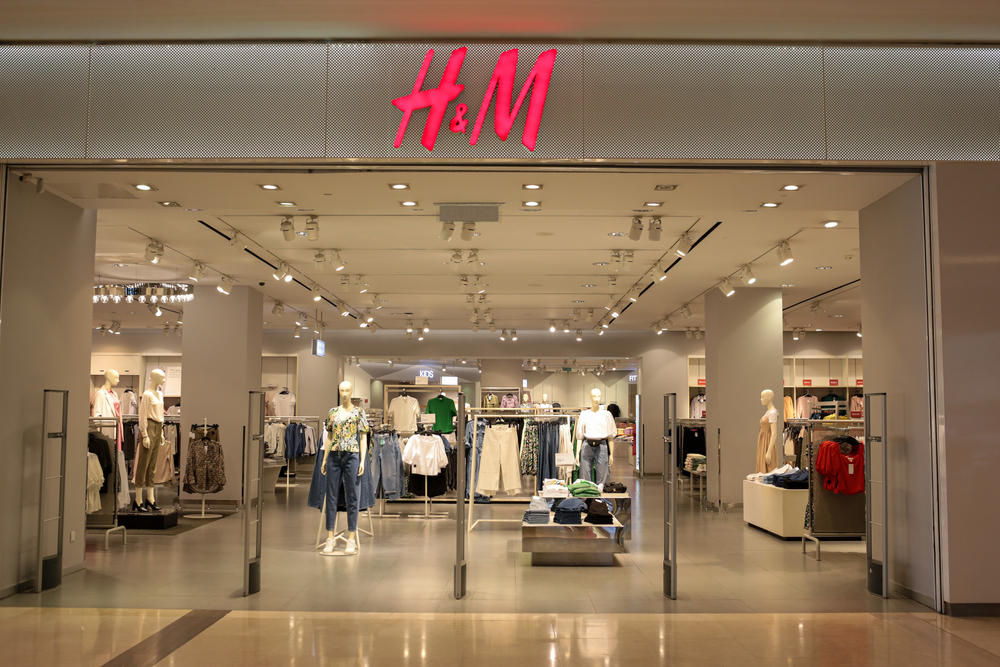
It makes no business sense to spend on a fancy outlet then hide it in the periphery. It must be set somewhere close to big business centers with a good flow of customers.
The real estate prices are rising in many areas of India, for example, in Mumbai.
The brand has to cater to all these costs and make significant profits. This cash has to be recovered from the clients.
Of course, people will always pay for good fashion. H&M has stores in the following areas:
- Ahmedabad
- Amritsar
- Aurangabad
- Bangalore
- Bhopal
- Bhubaneswar
- Chennai
- Coimbatore
- Dehradun
- Ghaziabad
- Gurgaon
- Hyderabad
- Indore
- Jalandhar
- Kolkata
- Lucknow
- Ludhiana
- Mohali Chandigarg
- Mumbai
- Mysore
- Nagpur
- New Delhi
- Noida
- Pune
- Raipur
- Kochi
How does H&M fair against Zara?
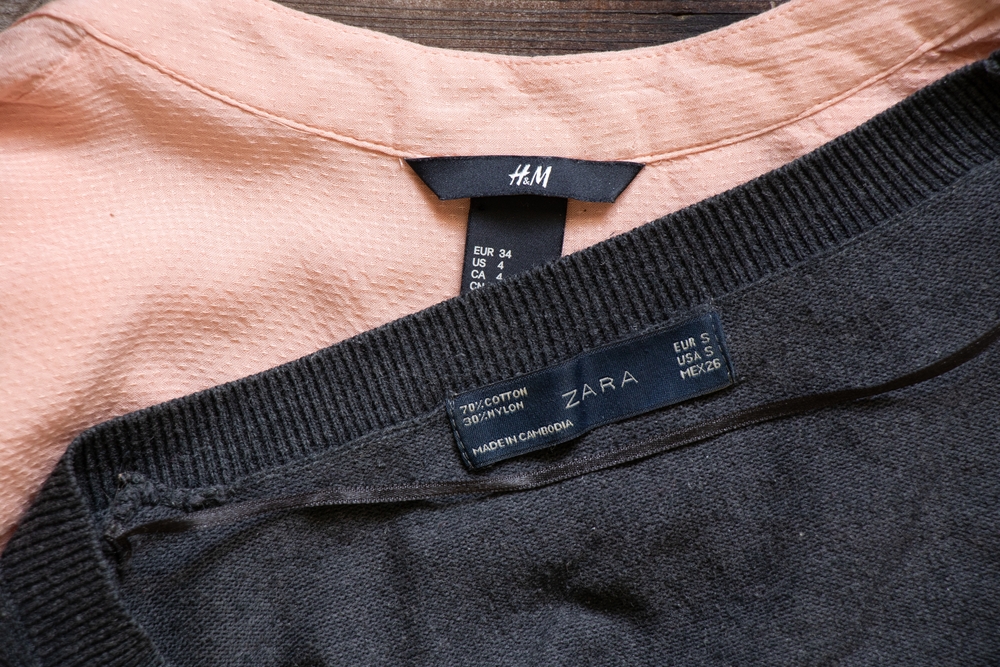
This has always been a never-ending debate between fashion enthusiasts, but here is a summary:
Cost
H&M wins in terms of costs. Zara’s products are far more expensive compared to H&M.
The difference is so big that you can buy similar clothing of the same quality in both outlets at entirely different prices.
Selection
Although there are a lot of similar items between the two stores, H&M wins here. Zara will charge a premium price for something you can acquire cheaply from H&M, which has lots of existing products and new inventory.
Style
It’s important to point out that each brand has its unique style and designs depending on the target market.
They have different brands under them and collaborate with international stylists and designers.
Zara is a king in its own market, but H&M still takes the day because they offer such variety.
Quality
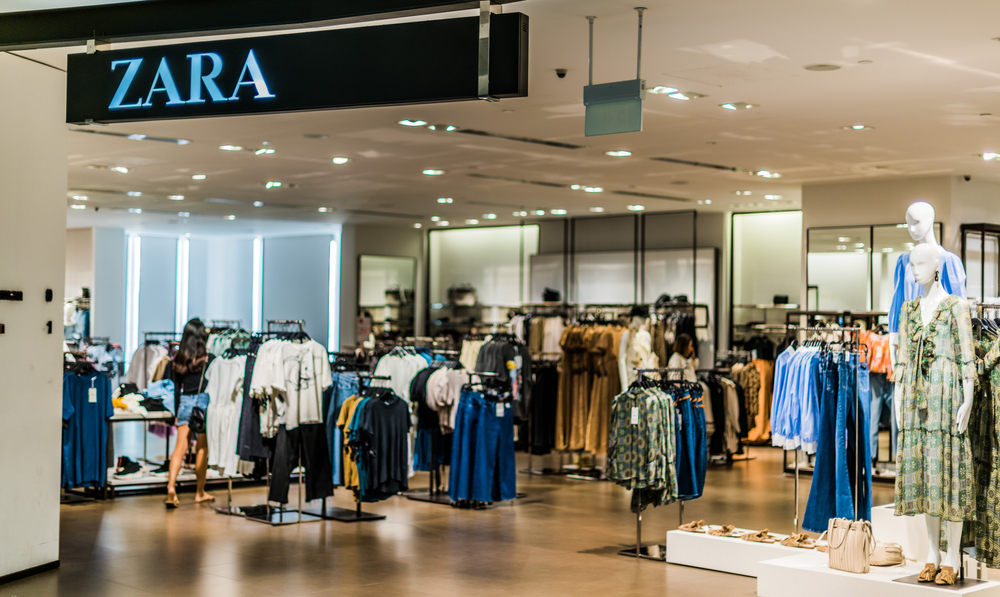
Every established brand worth its salt must put in lots of work to create quality products; thus, pinpointing one winner, in this case, could be biased.
How long a product lasts will depend on specific items and how you take care of them. Most clients believe that Zara products last longer.
However, both brands have premium quality products that, in theory, are supposed to last.
Sales/Offers
H&M products win in this section by a considerable margin. They have the best offers with frequent sales on their products.
You can still find relatively affordable and even premium-priced products. This makes the H&M brand more affordable than their competitors Zara.
Store Experience
With the current rollout of futuristic stores in India, H&M stores have more spaces and uncluttered shelves than Zara.
Shopping becomes more fun when there are clear sections, orderly queues, and most clothes are in place.
On the other hand, Zara cannot match the quality of the store experience of the H&M. Most clients agree that finding clothes scattered on the floor and out of place in Zara outlets is common.
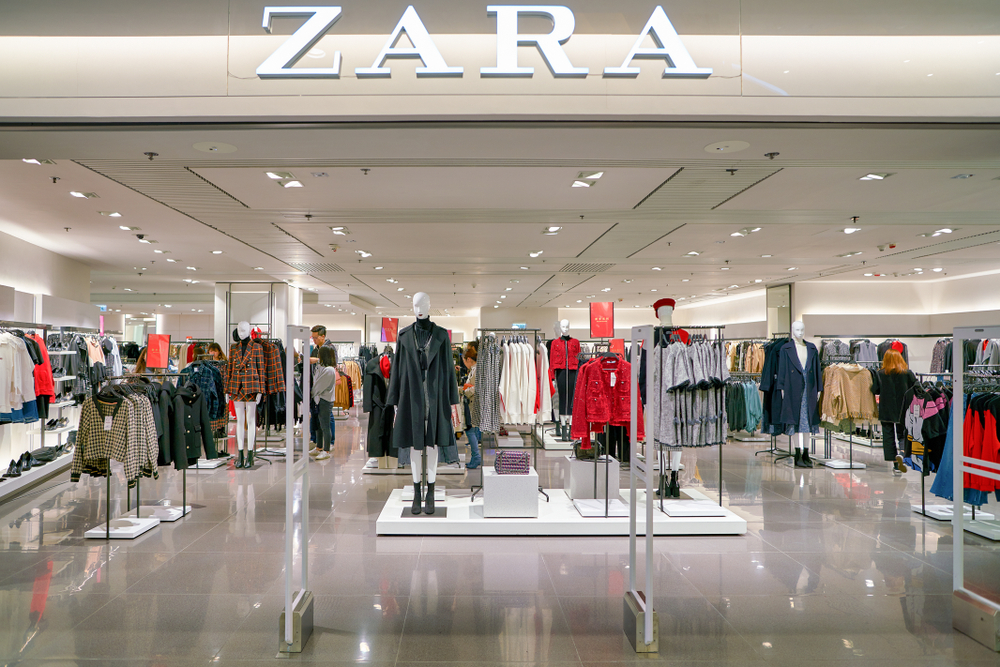
Clients have to rummage through heaps of clothes to search for beautiful items that should otherwise be on specific shelves.
Digital Experience
Both H&M have up and running websites, facilitating a smooth online shopping experience. They also have mobile applications for almost all operating systems so that clients can view items and order seamlessly from the comfort of their living rooms.
However, there are minute noticeable changes in terms of price. Zara stocks more premium products and, therefore, charges more.
H&M compensates with faster delivery timelines and even free delivery for selected in-app products.
H&M has invested heavily in technology to complement its offline presence through digital means.
Reach
H&M has a larger global reach compared to Zara. It is a globally recognized brand with stores across various continents and countries.
Due to the wide global outreach, you can get your products delivered in most major cities across India.
However, both Zara and H&M have a very strong market presence thanks to their classy campaigns.

Zara, being a product of the local company Inditex, has stronger roots in the parent country, India.
H&M Sister Brands
H&M Group is a globally recognized fashion retailer with 4400 stores across 72 countries and has seven sister brands that are not as widely recognized.
They include:
Cos
With 270 stores across 41 separate markets around the globe, Cos is the second-largest H&M brand coming after H&M itself.
The brand offers premium clothing with seemingly better quality.
According to its parent company, Cos is performing reasonably well despite having fewer stores.
By May 2017, the brand had already returned the amount invested and some extra profit.
Weekday
Unlike Cos, Weekday is on the smaller side with approximately 38 stores. It offers fashion denim pieces for the younger generation on a tight budget.
Weekday was founded in 2002 but was acquired by H&M in 2008. It has stores across 33 countries selling an assortment of male and female clothes.
They also feature clothes from other external brands.
Arket
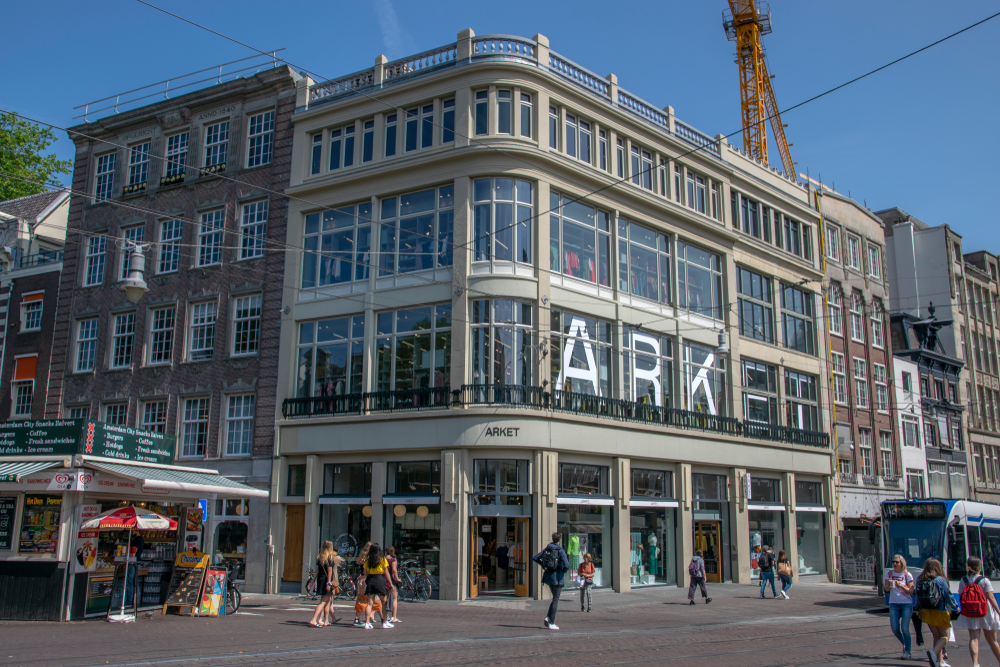
Arket is the youngest brand to come under the H&Ms umbrella. The name can be loosely translated to “a sheet of paper” in Swedish.
As of 2019, Arket had a solid online presence in 51 countries and around 5,000 stores across 74 markets globally.
The group was established in 1947 and listed on the Stockholm stock exchange in 2008.
Arket targets the modern-day fashion market and stocks durable, well-tailored, functional men, women, and children’s clothing and homeware.
Arket’s price ranges are similar to & Other Stories and Cos.
Afound
H&M launched Afound to increase its online presence and boost profitability after falling market prices in India.
Like TJ Maxx, Afound stocks H&M items at discounted prices but focuses hugely on stocking external brands.
Afound was launched in June 2018 to try and solve H&M’s inventory crisis. Analysts thought that Afound was a good solution to move the unsold stock, which at some point was worth $4 billion.
Afound has only one offline store in Sweden, unlike other sister stores, and relies mainly on e-commerce.
H&M Home

H&M Home is a home decor brand established under H&M in 2009 and has its shops inside H&M’s stores.
It mostly stocks home accessories and soft furnishings such as hostess gifts, throw pillows, kitchen upgrades, storage items, and so much more.
H&M Home also stocks selected furniture pieces.
& Other Stories
& Other Stories is an offshoot of H&M and mainly focused on women’s clothing. The brand has several stores in California, New York, and Washington DC.
Indian fashion enthusiasts can only order online, albeit at slightly higher shipping costs.
This clothing line caters to a wide range of special designs and unique tastes that are comfortable yet stand out.
& Other Stories was first launched in 2013 to cater to women’s clothing, shoes, and accessories.
& Other Stories is more expensive compared to H&M and offers aesthetically polished clothing designed in Los Angeles, Paris, and Stockholm.
Monki
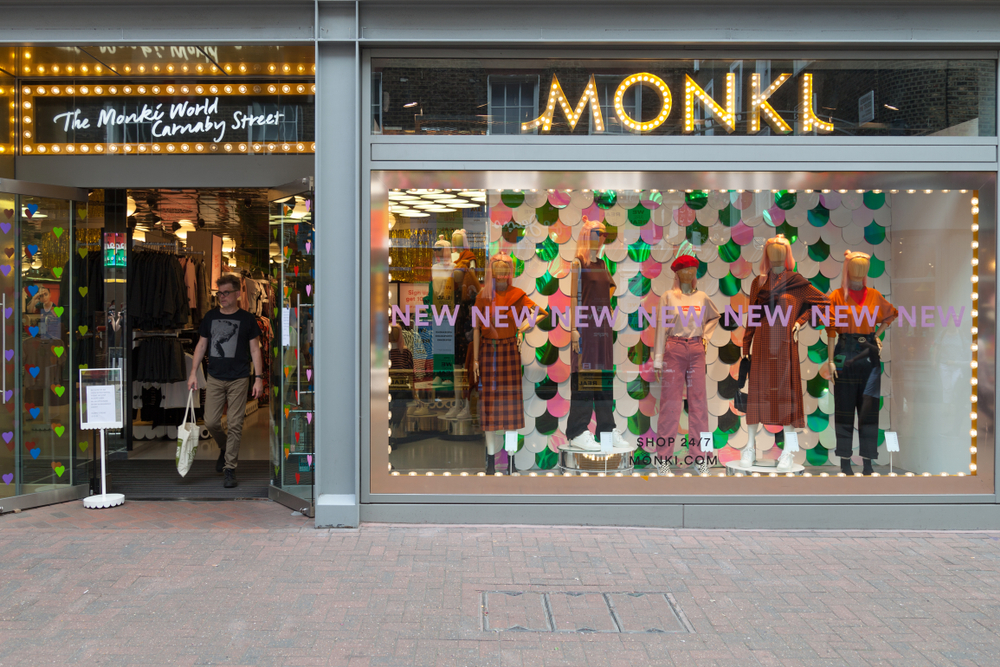
Monki is one of the more colorful and daring H&M brands. The brand focuses on storytelling through fashion and being kind to the world and its population.
Monki stocks Scandinavian cool mixes showcasing creative street style inspired by fun, bravery, and friendliness.

















